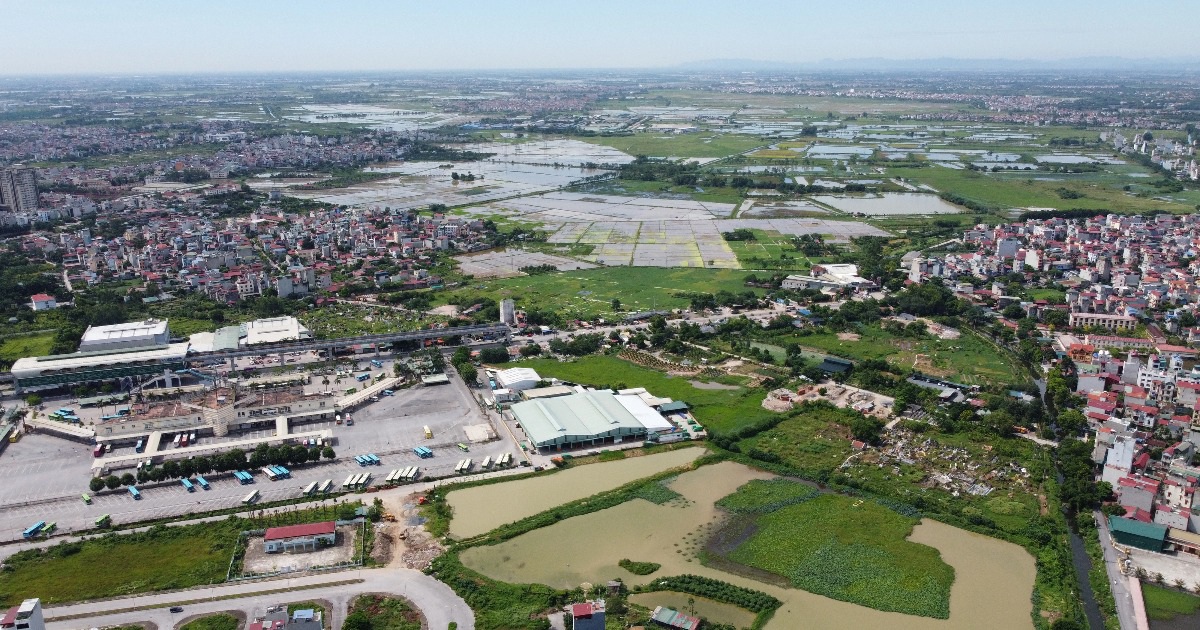Dangers of ‘eternal chemicals’ in children’s textiles
A study by the nonprofit Silent Spring Institute (SSI – USA) found “permanent chemicals” in nearly 60% of “waterproof” or “stain-resistant” children’s textiles.
The Guardian newspaper recently said that SSI’s research was published in the journal Environmental Science and Technology. The organization found PFAS – a group of more than 9,000 compounds in clothing, pillowcases, bedding and furniture, some labeled “eco-friendly”.
PFAS has been linked to cancer, birth defects, liver disease, thyroid disease, lowered immunity, hormone disorders and a host of other serious health problems.
Nearly 60% of children’s textiles labeled “waterproof”, “stain resistant” or “environmentally friendly” in the SSI study contained toxic PFAS compounds.
PFAS chemicals are extremely dangerous hidden in many foods, household items, garments… (Artwork)
PFAS is also known as “permanent chemical” because it does not break down naturally and accumulates in the human body. One of the study’s authors, Laurel Schaider, warned: “This is worrisome because these toxic chemicals can enter children’s bodies.”
According to SSI’s findings, PFAS was present in 54 of the 93 products surveyed, including 21 “organic”, “green” or “non-toxic” products. Nearly 20 products contain a variety of PFASs, including PFOA, a highly toxic compound that has been rejected by regulators and industry.
PFAS in clothing can enter the human body through a number of ways. They are volatile so they can separate from the product, then become suspended in the air and be inhaled into the lungs. They also cling to dust or absorb through the skin, and are present in many places such as in water, soil, air, food, materials in the home or workplace.
Ms. Schaider notes that it is difficult for consumers to avoid “eternal chemicals” because they are not specifically listed. However, they are identifiable because most “stain resistant” products often contain PFAS.
According to researchers, PFAS chemicals are not only present in textile products but also in many household items, food, and bleach. They can cause kidney disease and cancer.
The US also previously published the results of a study on PFAS compounds found in polluted living environments that are harmful to the kidneys. These are non-biodegradable compounds used for dyeing and lubricating in consumer products such as textiles, paper, and food packaging. PFAS has been manufactured and used in many industries around the globe since the 1940s. This compound is very stable in the environment and in the human body, does not break down, and will accumulate over time.
Previous studies have shown that PFAS affects human health such as causing cancer, thyroid disease, hypercholesterolemia, effects on the immune system and low birth weight infants.
The kidney is a very sensitive organ, vulnerable to damage, especially to toxins from the environment. These substances enter the bloodstream and are filtered through the kidneys. Scientists found a strong link between PFAS and kidney diseases such as impaired glomerular filtration rate, tubular damage and kidney cancer. Children are more susceptible to kidney damage from PFAS than adults.
Regarding the above chemical, Sweden, together with four other European agencies, has recently submitted to the European Chemicals Agency (ECHA) to ban PFAS chemicals in the whole of Europe for all purposes. non-essential uses for society. The reason this country made this proposal is because PFAS has been shown to be very persistent in the environment, many of which are harmful to human health and the ecosystem.
Therefore, according to experts, in order to prevent kidney disease caused by PFAS, it is necessary to keep the living environment clean, not discharge toxic substances used in industry and agriculture without treatment into the environment. Strictly control the PFAS content in domestic water, especially in water extraction areas near production plants, landfills, and wastewater treatment plants. Stop production and control the use of PFAS chemicals in industry and agriculture.
Look carefully at the origin of the product and the packaging. Limit the use of products that may contain PFAS chemicals such as packaged foods, waterproof fabrics, non-stick utensils such as teflon, polishes, waxes, paints…
(According to Viet Q)

A global study of scientists discovered more than 100 substances that can be harmful to children’s health in plastic toy products.
at Blogtuan.info – Source: vietnamnet.vn – Read the original article here



